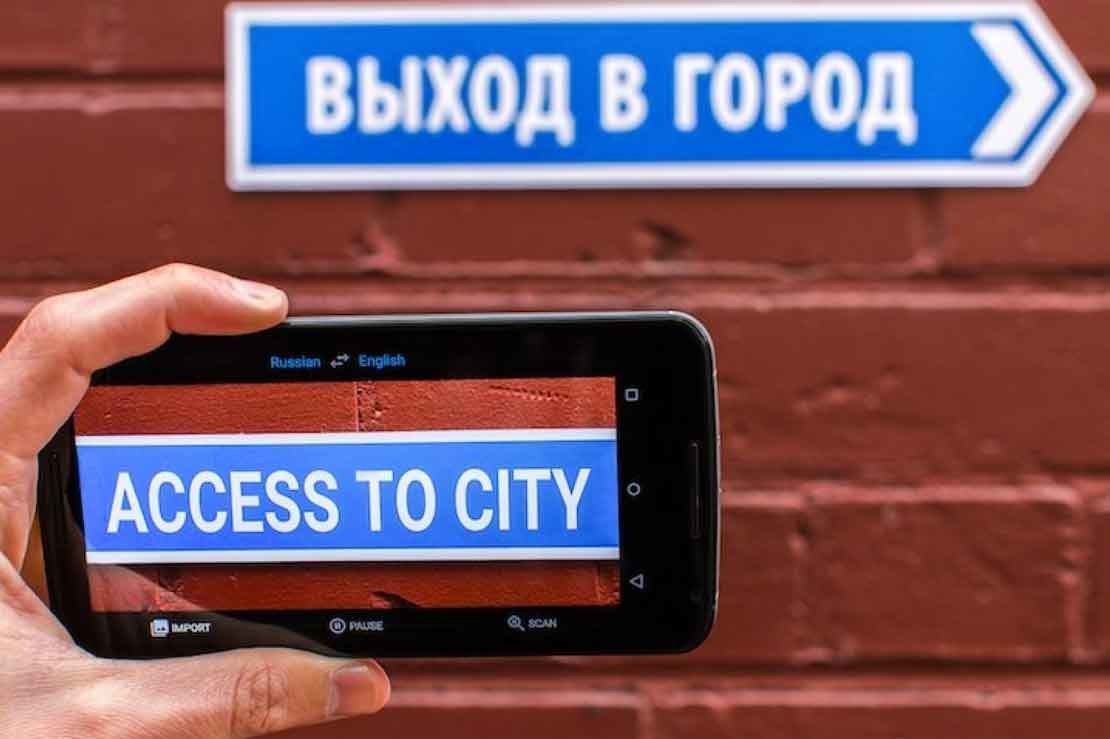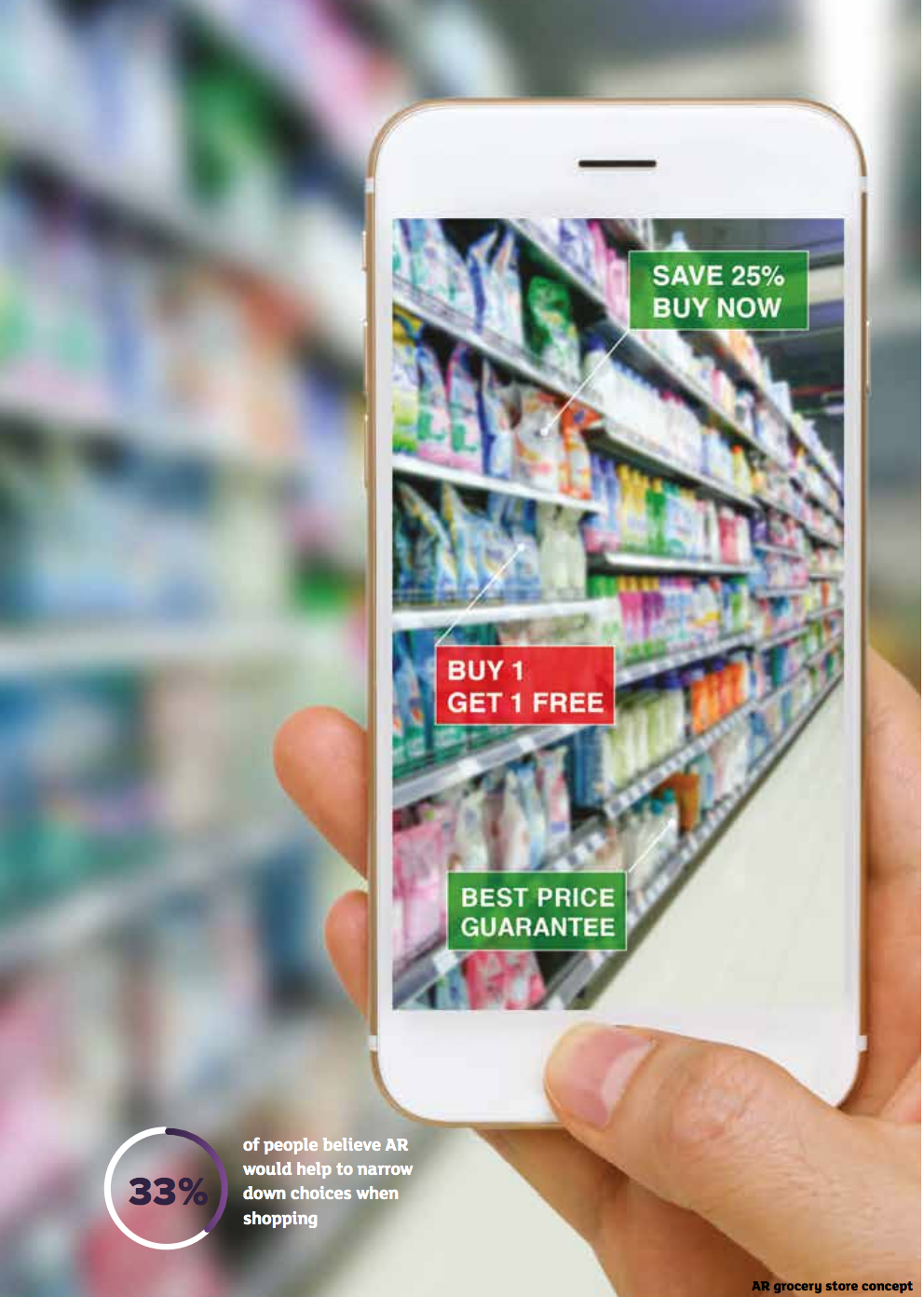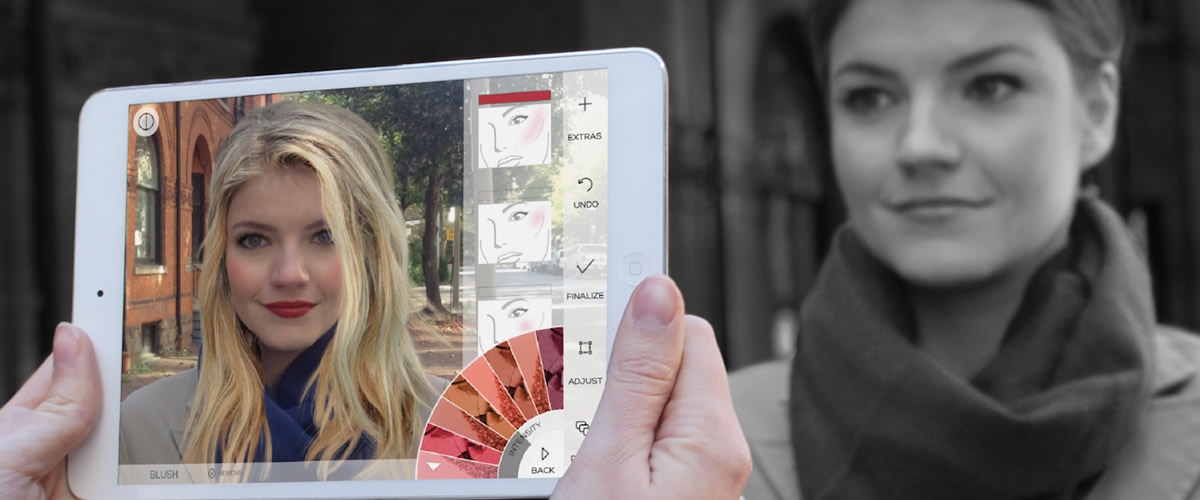Brands Must Adapt to The Rise of Augmented Reality
Augmented Reality (AR) is a technology that is developing at a rapid pace. It’s integration into people’s everyday lives is no longer a piece of science-fiction; it is an inevitability.
The explosion in the popularity of smartphones in the last decade or so has led to an increase in companies utilising and experimenting with AR technology. Notable successes so far include the Pokemon Go phenomenon that swept the world in 2016 as well as snapchat filters and QR codes.
Although in comparison to the other widespread advances achieved in other interactive tech such as touchscreen and voice activation; progress in the development of AR has been relatively slow. But that is now set to change.
Increased User Engagement
A study from Mindshare Futures’ suggests that, as the technology grows, the opportunities for companies and brands to use AR will grow along with its marketing effectiveness.
The study tested over 150 participants to complete six different tasks, with half of respondents using an AR version and the other half using the ‘non-AR’ equivalent. For example, half used Google translate Word Lens to translate phrases into a foreign language; while the other half typed the phrase into the Google Translate App. The results found that there was a significant increase in user engagement when using Augmented Reality.
“We found that, across the series of cognitive function measures, the AR experiences delivered almost double (1.9 times) the levels of engagement compared to their non-AR equivalent. This is a clear sign of AR’s ability to generate a more powerful response than ‘non-AR’ experiences.”
In terms of users processing and remembering the information that they have been shown via an AR experience, the potential for increased memory function is promising.
“In our neuroscience experiment we found that the part of the brain responsible for memory encoding sees almost three times (2.9) the level of activity when experiencing the AR version of an activity compared to the non-AR version. This indicates that AR can be a particularly powerful way to deliver information that is subsequently retained.” – Mindshare Futures’.
This occurs when the user is not prompted to interact with AR and instead the content is proactively suggested or shown to people at the right moment when their devices are pointed towards an object or environment. An example of this is overlays pointing out restaurants serving your favourite foods while you hold up your phone to the street.
The current limitations of this non-prompted AR experience is the fact that users must point their devices in the direction of what content they want to be displayed.
Possible Barriers for Future AR Devices
Smartphone cameras and technology are being developed to identify almost any object by image alone. However, in order to seamless integrate an always-on scanning of the environment for users, AR smart glasses would be needed and it is predicted that this technology is at least 5-10 years away from becoming a mainstream consumer product.
The study also showed that currently over 25% of people would prefer AR glasses over mobile devices for tasks such as street navigation, ‘how-to’ and ‘try before you buy’ experiences. Over a third of 18–34 year olds would prefer to experience AR hands-free through smart glasses than through their mobile phone. This figures are very likely to increase as post the software and hardware for AR is improved in the coming years.
Another obstacle in the way of AR glasses is consumer perceptions’ of them. Of respondents surveyed, 35% said they would be concerned of what people would think of them if they wore AR glasses. People were found to be 53% more likely to consider wearing AR glasses if they looked like normal reading or sunglasses.
Obstacles for Brands Using AR
In order for augmented reality to be fully integrated into people’s everyday routines, the perception of AR needs to change from being a one-off experience and marketing tactic to that of a continuous and worthwhile content distribution channel. This change of perception must start from brands changing their infrastructure. Investment in AR is required from companies, in terms of recruiting the right personal and adapting to the advances in technology. Instead of using AR just for the sake of it, companies need to establish what problem it is they are trying to solve and if AR is the best method of reaching their goals.



